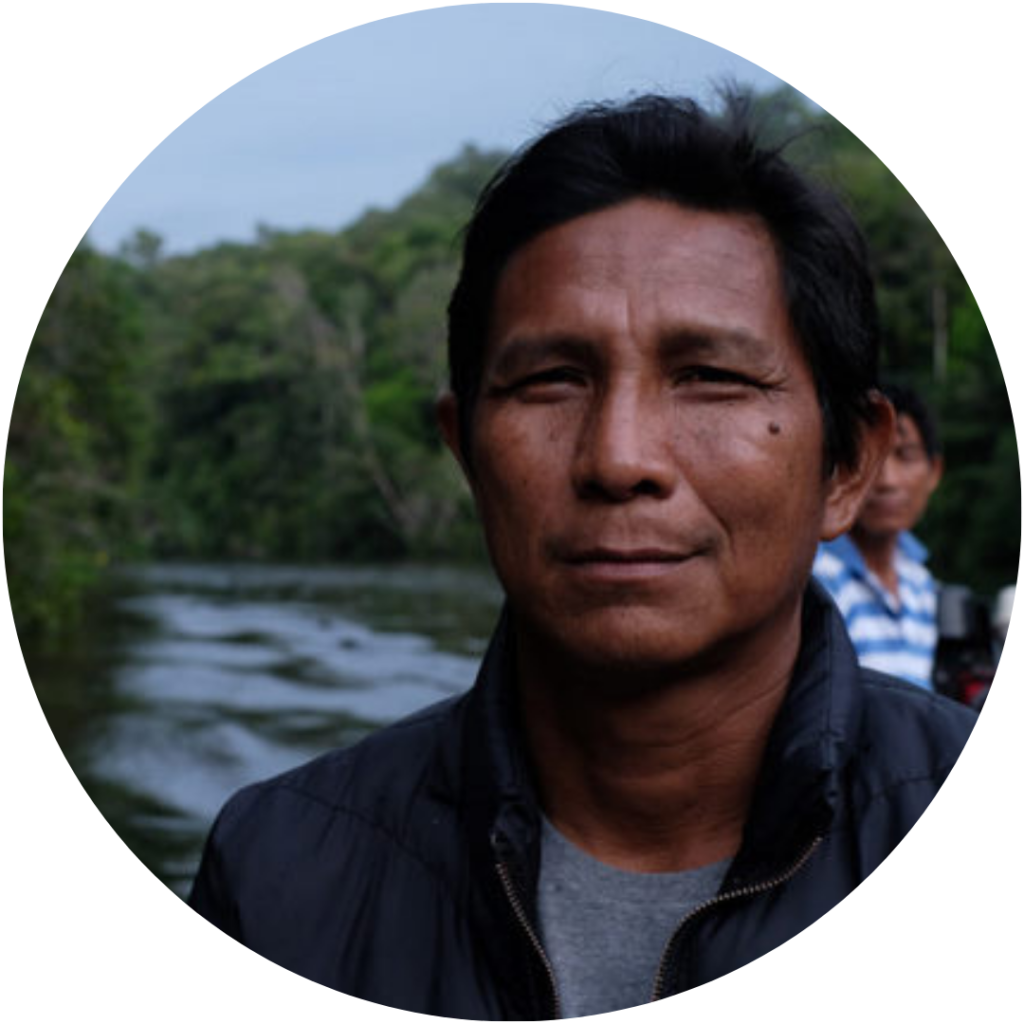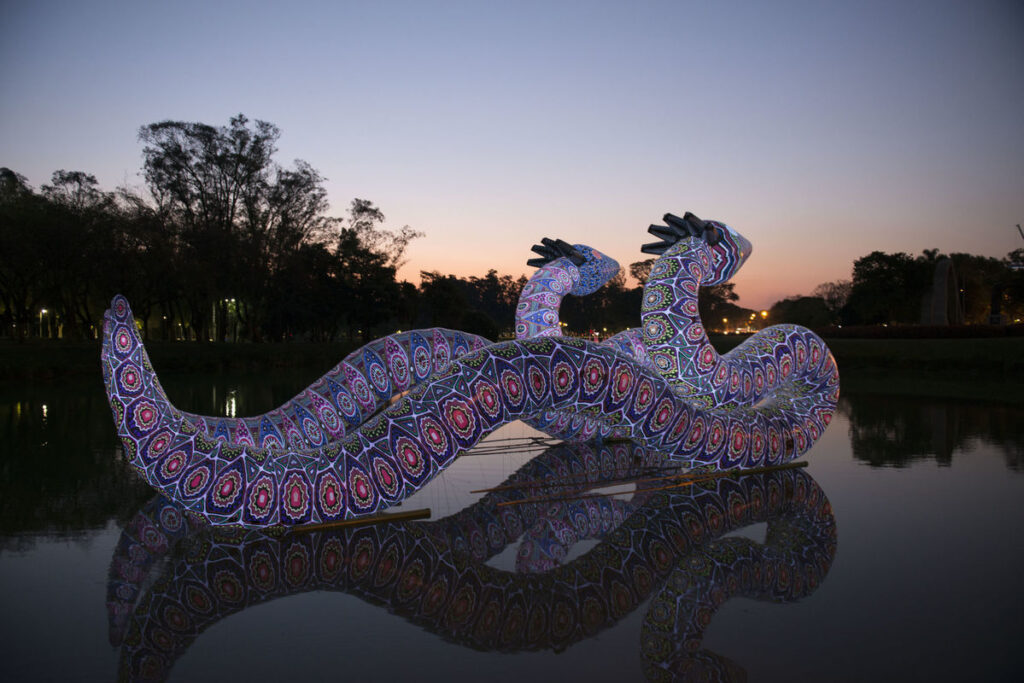Traditional Knowledge.
The exchange of Traditional Knowledge through storytelling and art is a practise that connects and strengthens language, identity, and culture across Indigenous communities. The Arctic / Amazon project considers how contemporary Indigenous artists continue to perceive, contemplate, and interpret Traditional Knowledge and ceremony, and the intricate relationships that have developed.
Knowledge Exchange Workshop.
For the final Workshop on Traditional Knowledge, Gerald McMaster and Nina Vincent are joined by João Paulo Barreto to discuss the long lasting impact of his work on Indigenous methodologies as a way to bring on a paradigmatic shift in social anthropology research at the Federal University of Amazonas in Brazil (UFAM). This workshop also offers an insight into João Paulo Barreto’s approach to the Yepa Mashã philosophy, the intimate connection of healing practices and ancestral knowledge, and the application of Indigenous medicine at the Centro de Medicina Indígena da Amazônia and beyond.

João Paulo Barreto
João Paulo Barreto is an Indigenous activist of the Tukano people, professor at the Federal University of Amazonas (UFAM), and a leading voice in Brazil and the Amazon. In 2017, he co-founded the Center for Indigenous Medicine in the Amazon (Centro de Medicina Indígena da Amazônia), a clinic that focuses on the needs of Indigenous people by incorporating ceremony and plant-based treatments as a part of healing.
Resource Package.
The Arctic/Amazon digital resource is a free educational tool, featuring an abridged version of the Arctic/Amazon: Networks of Global Indigeneity Epistolary Exchange and a series of four virtual Knowledge Exchange Workshops led by the two principal authors – Dr. Gerald McMaster and Dr. Nina Vincent. This document is offered by Wapatah Centre for Indigenous Visual Knowledge as part of the publicly available digital resource and as a companion online tool accessible alongside the Arctic/Amazon: Networks of Global Indigeneity publication.
Arctic/Amazon: Networks of Global Indigeneity is co-authored and led by Dr. Gerald McMaster and Dr. Nina Vincent.

Dr. Gerald McMaster
Gerald McMaster, O.C., is one of Canada’s most revered and esteemed academics. He is a curator, artist and author, and is currently professor and Tier 1 Canada Research Chair of Indigenous Visual Culture and Curatorial Practice at OCAD University, where he leads a team of researchers at the Wapatah Centre for Indigenous Visual Knowledge. He is nehiyaw (Plains Cree) and a citizen of the Siksika First Nation.

Dr. Nina Vincent
Nina Vincent is a Brazilian anthropologist currently working at the National Institute of Historical and Artistic Heritage (IPHAN). Her work focuses on intangible heritage preservation, museum studies, intersection of contemporary art production and community partnership building, Indigenous art and knowledge, and cultural perceptions of nature and politics.
EPISTOLARY FIVE: INDIGENOUS ART AND TRADITIONAL KNOWLEDGE
Dr. Gerald McMaster
Literary critic, Mary Louise Pratt writes of contact zones as “social spaces where cultures meet, clash, and grapple with each other, often in contexts of highly asymmetrical relations of power.” In the Canadian Arctic, it was the outsiders or Southerners (qallunaat) who saw an opportunity: local artists could become the foundation of an economy. Inuit moving off the land could create artwork, which would be sold at Hudson Bay trading posts or co-ops. For the Eskimos of Alaska, they entered in an agreement with the US government that transferred land title to Indigenous corporations.
For Sami, their situation demanded asserting a political voice through artistic practices. The art collective “Maze” originates from a town of the same name in Norway. They concerned themselves with Sami identity amidst augmented political circumstances in the late 1970s over the Norwegian government’s plan to build a dam on a river that ran through Sami territory. Very similar to Indigenous contemporary artists in Canada and the United States, Norwegian Sami artists began to expand their network reach by searching out to other Sami. Members of this group include Britta Markant-Labba, who was shown in Documenta in 2017; as well as the author Synnøve Persen, who was central to forming the Sami Artists Association.
Decades before Maze and others, the Norwegian Sami artist John Savio (1902-1938) made a profound impact. His life was cut short but not before leaving a sizable body of work, which was influenced by Western realism rather than Sami aesthetics. Nonetheless, it contains a Sami spirit of life and documents a time when modernity was impacting traditional ways.
The work of Andreas Alariesto (1900-1989) looked longingly at a Sami past that was being overtaken by modernity, evoking social sensibility or sociality. Some of his pieces are reminiscent of Kivetoruk Moses (1900-1982), who pictured Northern life with a sense of humour and ominousness, reflecting a time of change for Alaskan Indigenous peoples. There are scenes of interaction with Europeans, primarily Russians, and to local ceremonial life. His own personal experience was altered by a tragic accident that curtailed his life as a hunter. In place of it, he took up drawing, which became a successful and lucrative endeavour.
Contemporary artists from this period onward attended art schools in the mainland US. I remember going to school with John Kailukiak and Lawrence Ahvakana at the Institute of American Indian Arts in the 1970s, both continue to produce work. Artists were embarking on new directions in mask sculptures and two-dimensional works. Ron Senungetuk (1933-2020) is a well-known sculptor, in responding to the souvenir trade and the lack of serious consideration some artists were subject to for their inclusion in it, he said: “We want to be recognized as artists. We don’t want to be labeled as souvenir artists, which has been going on as long as colonization.”
Dr. Nina Vincent
Before colonization and the adoption of European languages and ideas, many Indigenous cultures did not have a particular word to designate art as a separate sphere of creative life. Everywhere there are original images, objects, shapes, sounds and body movements. These are created individually and collectively, learned and taught, exhibited, critically apprehended, and admired. Art is used by colonizers as a form of gatekeeping, to devalue the unique expressions of dynamic Indigenous peoples and to deny their creativity.
In Amerindian languages many words can be translated into English as “art,” but their meaning broadens the idea in the strictly Western sense, which in itself is a relatively recent linguistic construct. Most of these words are descriptive terms about their abilities, their material culture, creativity, visual knowledge and aesthetic structures. Yet all of them refer to aspects of the world and life that the Western idea of art would exclude from its limited scope and domain.
The Huni Kuin, who live within the Amazonian regions of Brazil and Peru, use the word mimaxarabu to refer to collective material production, whereas kené (a word present in Shipibo Konibo language as well) can be understood as “drawing.” The word dami can be translated into English as “image.” For the Tukano people, whose lands stretch from Colombia to Brazil, “hóri” designates the visions attained through traditional shamanic rituals and refers to the imagery and ornamentation applied on basketry, pottery, weaving and special and powerful wooden stools. For the Marubo people, mev-revos-shovima-awe, one of the words that can be used in translation for “art,” means work that emerges from the tip of the fingers. Dzee’ka is a term used by the Baniwa people to characterize the knowledge and ability to create something that is exclusively human made.
There are many ways in which Indigenous creations are evaluated, criticized, praised and valued within the logic and taste of their own cultures. The idea of beauty is present in the Amazon and conceived of using different forms, representing the unique ethnic diversity of the region. Commonly, beauty is associated with notions of “done well or properly” or “correctly made,” which emphasizes tradition and skillful ingenuity. It is also connected to the qualities acquired by the processes of making that engage the whole body and emotions. This notion is connected to the way in which something is created, which comprises the materials, who the artist is and where they are from, the forces present on them, and what the creation does, or is employed to do.
Westerners might call this an aesthetic lifestyle. It connects human action on many levels and provides a sense of creation and the maintenance of their world. In many Latin American Indigenous traditions this sensibility is called el buen vivir, an expression that expresses a constant pursuit of a balanced, fair and harmonic collective life. Doing things “in the right way” is the constructive process of creating objects of ritual and everyday use, building farms, houses and villages, even preparing food. It applies to the process of making children, of minding one’s thoughts and behavior. Everything can and should be done in a certain way, a “beautiful” way.
Citation
McMaster, Gerald and Nina Vincent. “Epistolary Five: Indigenous Art and Traditional Knowledge.” Arctic/Amazon: Networks of Global Indigeneity, Toronto: Wapatah Centre for Indigenous Visual Knowledge, OCAD University, 2022.

Image: Jaider Esbell, Installation view of Entidades, 2021, 34th Bienal de São Paulo, photograph by Levi Fanan
Arctic/Amazon: Networks of Global Indigeneity and accompanying digital educational resource are offered through the generous support from a SSHRC Connections Grant,
The Appleton Foundation, The Jack Weinbaum Family Foundation, Nancy McCain and Bill Morneau, Michael Audain, Kiki and Ian Delaney, Michelle Koerner,
and Jamie Cameron and Chris Brett.

